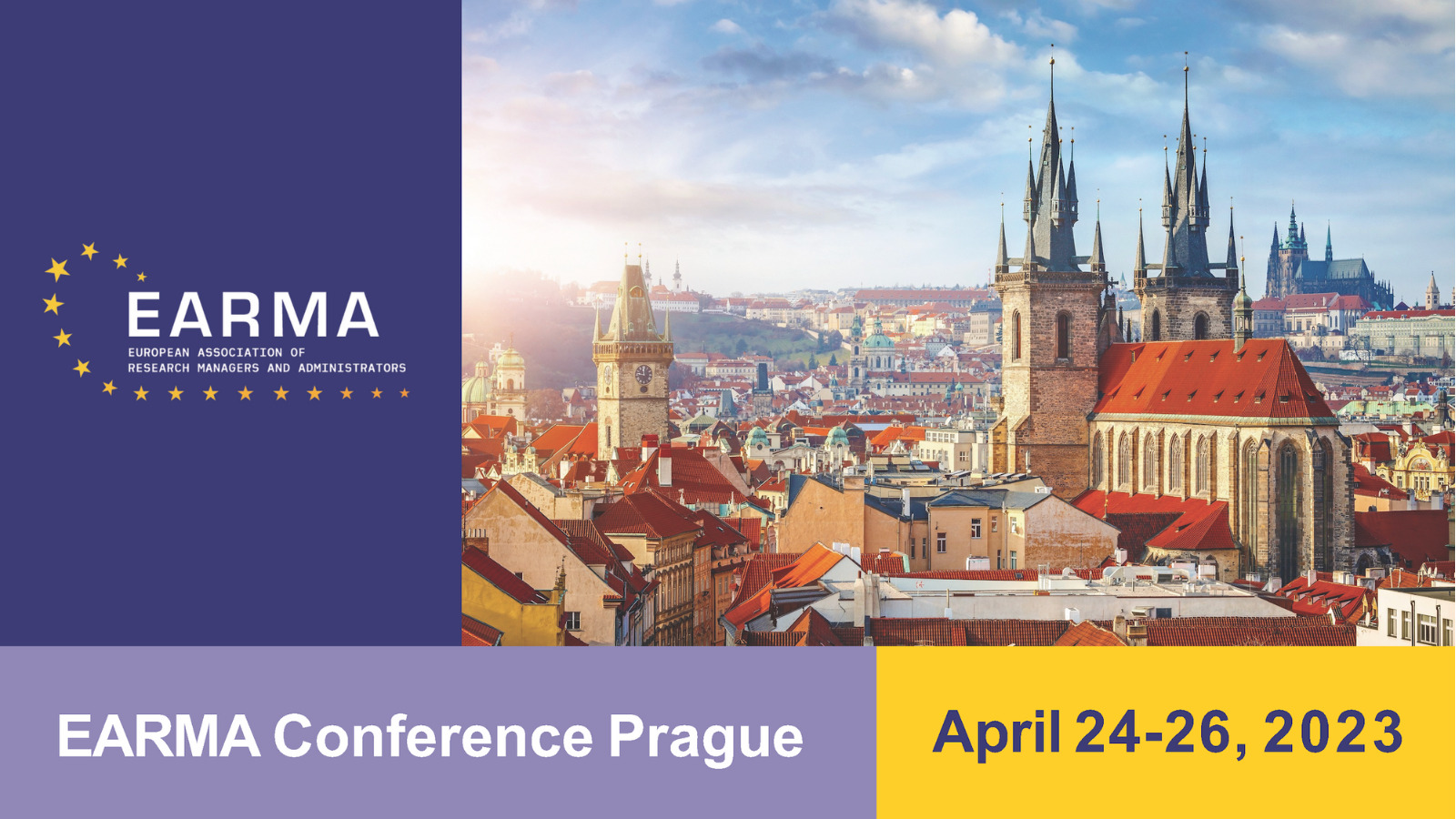Realising Inclusive Design Through Co-creation
Co-authors: Emma Clarke, Jane Dunne, Anne Kearns, Lorraine Leeson, Elizabeth Mathews, Rachel Moiselle, Shaun O’Boyle, Rehana Omardeen, Frankie Picron, Dimitar Shterionov, Davy Van Landuyt
Conference
Format: Poster
Topic: Project Management
Session: 📋 Poster Session
Tuesday 25 April 10:15 a.m. - 11:45 a.m. (UTC)
Abstract
Co-creation offers an opportunity to integrate user communities into research. However, this is often difficult to manage in the context of a single research project. Having the support of a long-term research centre with extensive experience in running co-creation events can help to ensure the principle of “Nothing About Us Without Us”. This poster illustrates managing and facilitating impactful co-creation events through working with the Deaf and Hard of Hearing (DHH) community in the context of the SignON H2020 Project.
SignON aims to contribute to the range of communication options available to DHH and hearing individuals. To achieve this objective we have devised an iterative co-creation approach which has been employed by the SignON consortium. This approach facilitates co-design and co-development of innovative technology with the relevant user communities. Following lessons learned from previous projects, we have identified that such collaboration is essential not only for a project to be successful, but also for sustaining community engagement. This poster discusses the establishment of a novel co-creation approach, carefully followed by the SignON partners, where potential DHH and hearing users are involved in the research, design and development activities. It also discusses the important role project management plays in facilitating and monitoring such activities. These co-creation activities aim to ensure that the SignON project delivers a unique, and fit for purpose value, with strong social and societal impact.
Often solutions such as these are proposed and developed by hearing researchers who have no fundamental understanding of DHH communities. For this reason, the SignON approach is surprisingly unique and groundbreaking, having Deaf individuals holding leadership roles within the project. From day one, Deaf communities and Deaf researchers, such as members of the European Union of the Deaf (EUD), were integrally involved in the project development and we work hard to ensure that this co-creation approach has been the driver of all research and development within the project.
A co-creation workshop was scheduled in Ireland to get the reactions and suggestions of Irish Sign Language (ISL) users. To help with this task, we looked towards our host research centre, the Science Foundation Ireland-funded ADAPT Centre. ADAPT’s Education and Public Engagement (EPE) team have significant experience in running co-creation and engagement events with members of the Irish public. They have been successfully running a multi-year series of Citizens’ Think-Ins, which are public fora that bring people together to discuss and deliberate the issues facing us in the digital age. The experience of the EPE team was leveraged by involving them in the facilitation of the Irish SignON co-creation workshop, leading to an exchange of expertise. The EPE team bring important facilitation and management skills, but they are also learning from the SignON DHH team about how to make these events more inclusive and accessible to DHH audiences.
We will also describe the process for promoting inclusiveness in SignON and how the experience of the ADAPT EPE team was transferred and tailored to maximise the benefits of co-creation in this novel European Commission-funded project.

